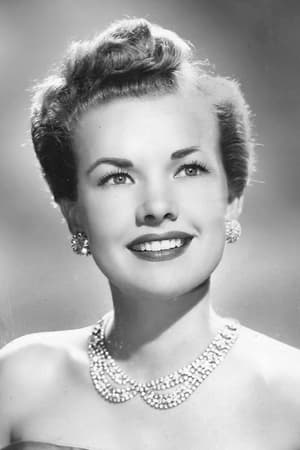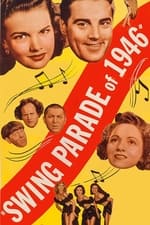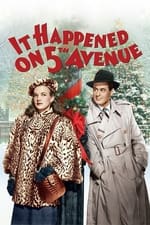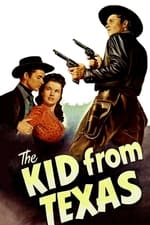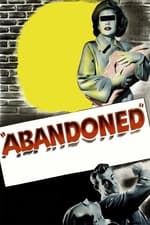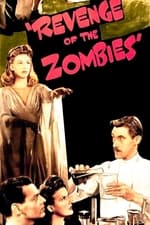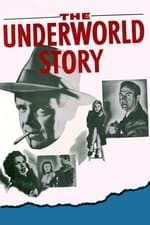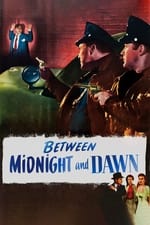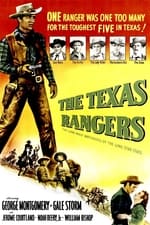Informazioni Personali
Conosciuto Per Recitazione
Crediti Conosciuti 62
Sesso Femmina
Compleanno 5 aprile, 1922
Giorno della Morte 27 giugno, 2009 (87 years old)
Luogo di Nascita Bloomington, Texas, USA
Conosciuto anche come
- Gail Storm
- Josephine Owaissa Cottle
Valutazione Contenuto
100
Sì! Sembra buono!
Entra per segnalare un problema
Biografia
Josephine Owaissa Cottle, known professionally as Gale Storm, was an American actress and singer who starred in two popular television programs of the 1950s, My Little Margie and The Gale Storm Show. Six of her songs were top ten hits. Storm's greatest success was a cover version of "I Hear You Knockin'," which hit #2 on the Billboard Hot 100 chart in 1955.
When Storm was 17, two of her teachers urged her to enter a contest on Gateway to Hollywood, broadcast from the CBS Radio studios in Hollywood. First prize was a one-year contract with a movie studio. She won and was immediately given the stage name Gale Storm. Her performing partner (and future husband), Lee Bonnell from South Bend, Indiana, became known as Terry Belmont. Storm had a role in the radio version of Big Town. After winning the contest in 1940, Storm made several films for the RKO Radio Pictures studio. Her first was Tom Brown's School Days, playing opposite Jimmy Lydon and Freddie Bartholomew. She worked steadily in low-budget films released during this period. In 1941, she sang in several soundies, three-minute musicals produced for "movie jukeboxes".
She acted and sang in Monogram Pictures' Frankie Darro series, and played ingénue roles in other Monogram features with the East Side Kids, Edgar Kennedy, and the Three Stooges, most notably in the film Swing Parade of 1946. Monogram had always relied on established actors with reputations, but in Gale Storm, the studio finally had a star of its own. She played the lead in the studio's most elaborate productions, both musical and dramatic. She shared top billing in Monogram's Cosmo Jones, Crime Smasher, opposite Edgar Kennedy, Richard Cromwell, and Frank Graham in the role of Jones, a character derived from network radio.
Storm starred in a number of films, including the romantic comedies G.I. Honeymoon and It Happened on Fifth Avenue, the Western Stampede, and the 1950 film-noir dramas The Underworld Story and Between Midnight and Dawn. U.S. audiences warmed to Storm and her fan mail increased. She performed in more than three dozen motion pictures for Monogram, experience which made possible her success in other media.
In the 1950s, she made singing appearances on such television variety programs as The Pat Boone Chevy Showroom.
In 1950, Storm made her television debut in Hollywood Premiere Theatre on ABC. From 1952 to 1955, she starred in My Little Margie, with former silent film actor Charles Farrell as her father. The series began as a summer replacement for I Love Lucy on CBS, but ran for 126 episodes on NBC and then CBS. The series was broadcast on CBS Radio from December 1952 to August 1955 with the same actors. Her popularity was capitalized on when she served as hostess of the NBC Comedy Hour in the winter of 1956. That year, she starred in another situation comedy, The Gale Storm Show (Oh! Susanna), featuring another silent movie star, ZaSu Pitts. The show ran for 143 episodes on CBS and ABC between 1956 and 1960. Storm appeared regularly on other television programs in the 1950s and 1960s. She was both a panelist and a "mystery guest" on CBS's What's My Line?
Josephine Owaissa Cottle, known professionally as Gale Storm, was an American actress and singer who starred in two popular television programs of the 1950s, My Little Margie and The Gale Storm Show. Six of her songs were top ten hits. Storm's greatest success was a cover version of "I Hear You Knockin'," which hit #2 on the Billboard Hot 100 chart in 1955.
When Storm was 17, two of her teachers urged her to enter a contest on Gateway to Hollywood, broadcast from the CBS Radio studios in Hollywood. First prize was a one-year contract with a movie studio. She won and was immediately given the stage name Gale Storm. Her performing partner (and future husband), Lee Bonnell from South Bend, Indiana, became known as Terry Belmont. Storm had a role in the radio version of Big Town. After winning the contest in 1940, Storm made several films for the RKO Radio Pictures studio. Her first was Tom Brown's School Days, playing opposite Jimmy Lydon and Freddie Bartholomew. She worked steadily in low-budget films released during this period. In 1941, she sang in several soundies, three-minute musicals produced for "movie jukeboxes".
She acted and sang in Monogram Pictures' Frankie Darro series, and played ingénue roles in other Monogram features with the East Side Kids, Edgar Kennedy, and the Three Stooges, most notably in the film Swing Parade of 1946. Monogram had always relied on established actors with reputations, but in Gale Storm, the studio finally had a star of its own. She played the lead in the studio's most elaborate productions, both musical and dramatic. She shared top billing in Monogram's Cosmo Jones, Crime Smasher, opposite Edgar Kennedy, Richard Cromwell, and Frank Graham in the role of Jones, a character derived from network radio.
Storm starred in a number of films, including the romantic comedies G.I. Honeymoon and It Happened on Fifth Avenue, the Western Stampede, and the 1950 film-noir dramas The Underworld Story and Between Midnight and Dawn. U.S. audiences warmed to Storm and her fan mail increased. She performed in more than three dozen motion pictures for Monogram, experience which made possible her success in other media.
In the 1950s, she made singing appearances on such television variety programs as The Pat Boone Chevy Showroom.
In 1950, Storm made her television debut in Hollywood Premiere Theatre on ABC. From 1952 to 1955, she starred in My Little Margie, with former silent film actor Charles Farrell as her father. The series began as a summer replacement for I Love Lucy on CBS, but ran for 126 episodes on NBC and then CBS. The series was broadcast on CBS Radio from December 1952 to August 1955 with the same actors. Her popularity was capitalized on when she served as hostess of the NBC Comedy Hour in the winter of 1956. That year, she starred in another situation comedy, The Gale Storm Show (Oh! Susanna), featuring another silent movie star, ZaSu Pitts. The show ran for 143 episodes on CBS and ABC between 1956 and 1960. Storm appeared regularly on other television programs in the 1950s and 1960s. She was both a panelist and a "mystery guest" on CBS's What's My Line?
Recitazione
|
|||||||||||||||||||||||||||||||||
|
|||||||||||||||||||||||||||||||||
|
|||||||||||||||||||||||||||||||||
|
|||||||||||||||||||||||||||||||||
|
|||||||||||||||||||||||||||||||||
|
|||||||||||||||||||||||||||||||||
|
|||||||||||||||||||||||||||||||||
|
|||||||||||||||||||||||||||||||||
|
|||||||||||||||||||||||||||||||||
|
|||||||||||||||||||||||||||||||||
|
|||||||||||||||||||||||||||||||||
|
|||||||||||||||||||||||||||||||||
|
|||||||||||||||||||||||||||||||||
|
|||||||||||||||||||||||||||||||||
|
|||||||||||||||||||||||||||||||||
|
|||||||||||||||||||||||||||||||||
|
|||||||||||||||||||||||||||||||||
|
|||||||||||||||||||||||||||||||||
|
